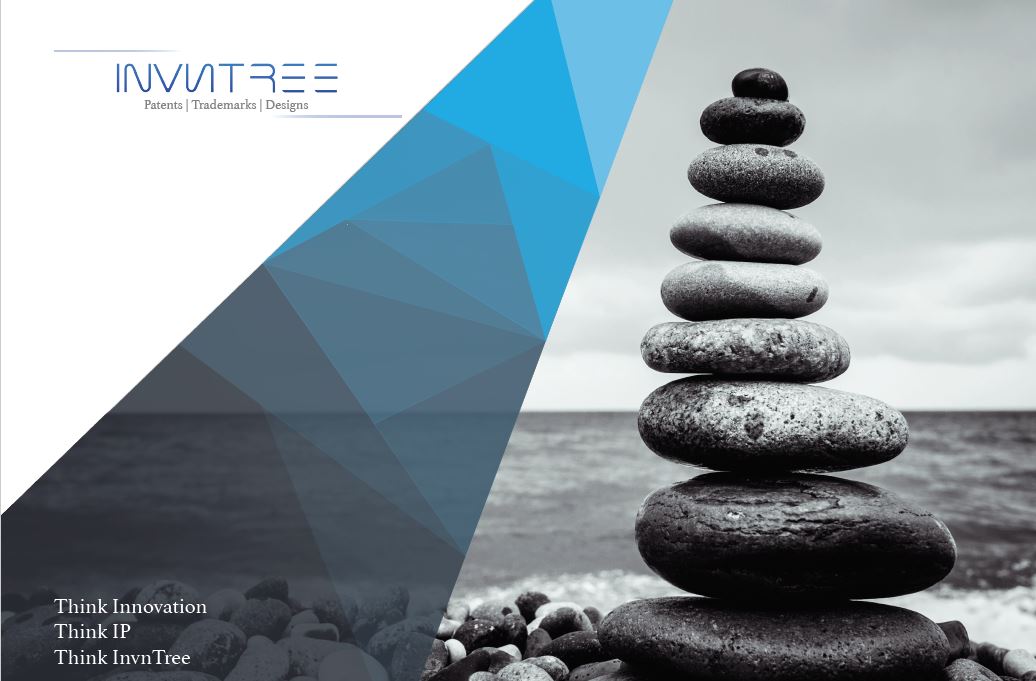Indian Supreme court Judgements can be reproduced by anyone

“No copyright over our judgements.” This is the gist of the ruling given by the Supreme Court in relation to the long-standing dispute, of certain firms holding virtual monopoly over producing the judgements of the apex court in book format and selling it to advocates, institutions and others.
Eastern Book Company (EBC) and Reed Elsevier (whose subsidiary is LexisNexis), two law publishing houses, disputed over the right with regards to the publishing of the Supreme Court judgements.
The dispute dates back to 2012, when Lucknow Bench of the Allahabad High Court gave order, restraining Reed Elsevier India Pvt Ltd from reproducing edited judgements, reported in “Supreme Court Cases” (SCC), published by Eastern Book Company. The judgement was based on the 2008 judgement of the Supreme Court in DB Mondak case as per which copyright vests in the following:
a) Creation of paragraphs in their copy-edited version by segregating existing paragraphs in the original text by breaking them into separate paragraphs and/or by clubbing separate paragraphs, and in the paragraph numbering.
(b) Internal referencing, after providing uniform paragraph numbering to multiple judgements.
(c) Inputs in respect of editor’s judgement regarding the opinions expressed by the Judges by using phrases like “concurring”, “partly concurring”, “dissenting”, “partly dissenting”, “supplementing”, etc.
(d) Editorial notes.
(e) Head notes
The argument, Eastern Book Company had put forth was that the SCC were based on its editors reading the entire judgement, understanding the questions of law and facts involved and then classifying the SCC as ‘concurring’, ‘partly concurring’, ‘dissenting’, ‘partly dissenting’ or ‘supplementing’. In these tasks, the editor uses sound judgement, creativity and legal skill. A very significant role done by the editor is to input the references, clarifications and explanations to the raw text of the judgements, either in the text or as footnotes and, most importantly, he puts editorial notes and comments.
On the other hand, Reed Elsevier had argued that no publishing firm can claim copyright over Supreme Court judgements and that EBC was merely reproducing judgements uploaded on the judgement section of the Supreme Court’s website.
The court had ruled in favour of EBC and dismissed the case. The decision had prompted Reed Elsevier to approach the apex court.
On 23rd November 2016, a Supreme Court bench of Justices Ranjan Gogoi and NV Ramana, upheld the High Court’s ruling and dismissed the case. It ordered that no one can claim copyright over the judgements delivered by the apex court and that the judgements could be reproduced in its raw form by anyone without the risk of being accused of infringing copyright. However, it did clarify that Reed Elsevier cannot use the headnotes, footnotes, editorial notes, paragraph numbering, etc. used by the EBC as their own, as stated in the DB Mondak case.
We hope this article was a useful read. The attached judgement can be downloaded for your reference.
Please feel free check our services page to find out if we can cater to your requirements. You can also contact us to explore the option of working together.
Best regards – Team InvnTree
This work is licensed under a Creative Commons Attribution-NonCommercial 3.0 Unported License

 Follow
Follow



Leave a Reply